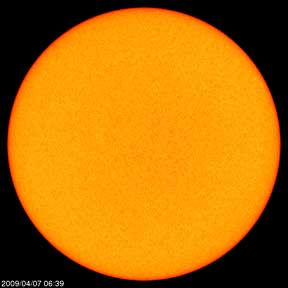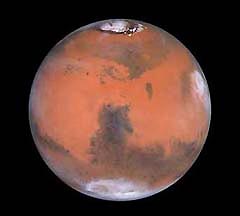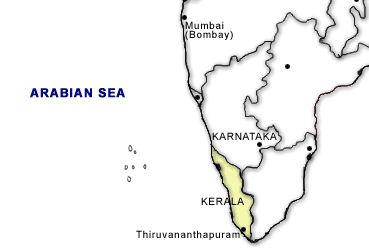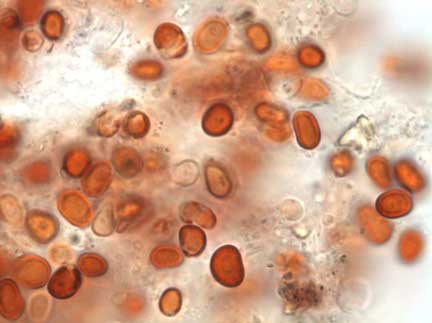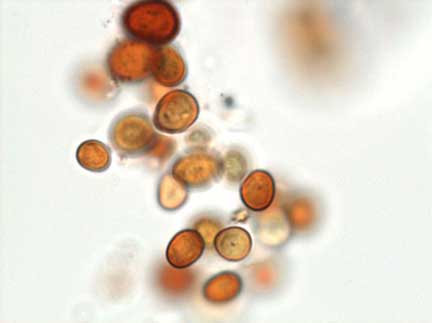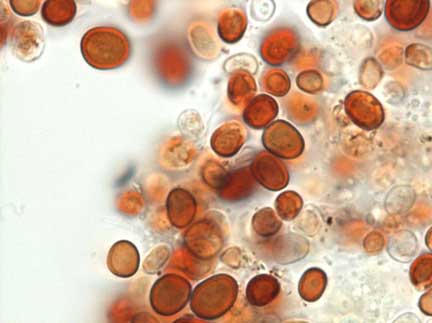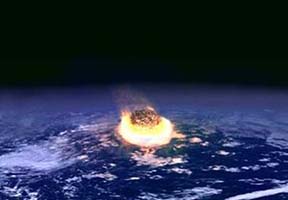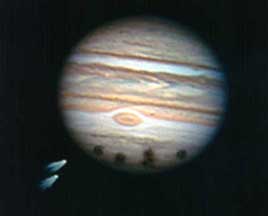“We have discovered distinctive red/gray chips in all the samples we have studied of the dust produced by the destruction of the World Trade Center.
...The red portion of these chips is found to be an unreacted thermitic material incorporating nanotechnology and highly energetic. ...The carbon content of the red material indicates that an organic substance is present. This would be expected for super-thermite formulations in order to produce high gas pressures from ignition and thus make them explosive.”
- April 2009 Bentham Open Chemical Physics Journal, Volume 2
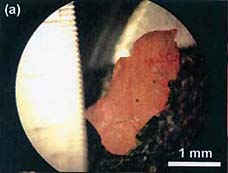
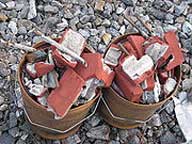
May 1, 2009 Copenhagen, Denmark - On April 4, 2009, I received an email in which the subject line said: “Active Thermitic Material Discovered in Dust from the 9/11 World Trade Center Catastrophe.” A hot link was included and I ended up at a website entitled Bentham Open Access, The 2009 Open Chemical Physics Journal, Volume 2, where I clicked on DOWNLOAD. A 25-page PDF with many color photomicrographs and spectra ended up on my desktop. See: Bentham Open Chemical Physics Journal, Vol. 2.
Click here to subscribe and get instant access to read this report.
Click here to check your existing subscription status.
Existing members, login below:




